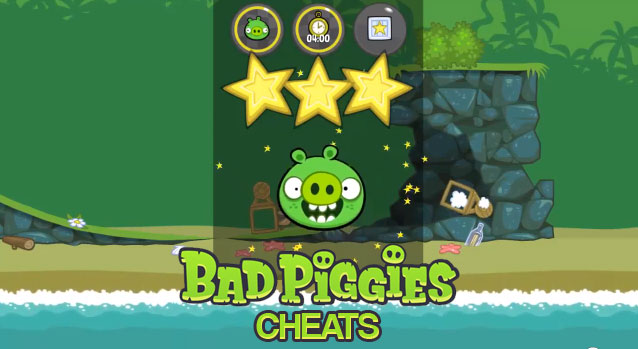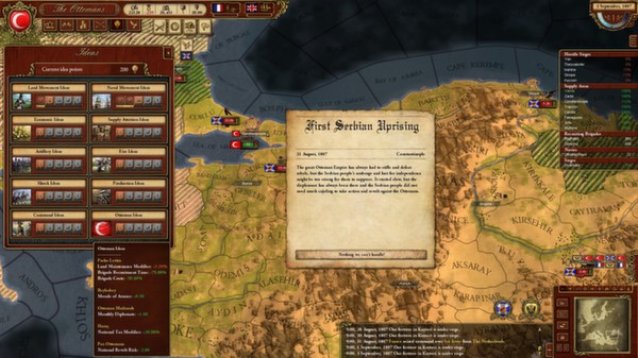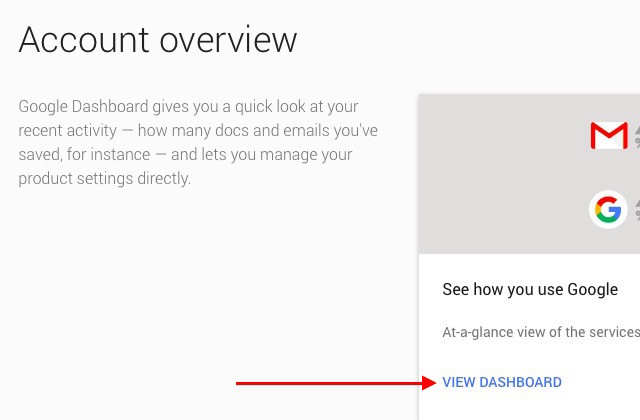

They called it the Great War, but for an entire generation of people it was the scariest time of their lives. Not just for the soldiers either, but for any man, woman, or child who was a part of or knew someone who was a part of the First World War.
Valiant Hearts: The Great War seeks to cast WWI in a new light, to put players in control of the survivors not the saviors — the people who, despite the death and sacrifice all around them, found reasons to keep going. In the 2D side-scrolling puzzler, players control four completely different characters, from various backgrounds and with differing goals.
There’s Emile, the French farmer who joins the war effort to protect his daughter and her son; Freddie, an American soldier on a quest for revenge; Ana, a French nurse who races across the European countryside tending to the wounded; and Karl, a German soldier who is reluctantly recruited and just so happens to be Emile’s son-in-law. Each character has his or her own story to tell, but ultimately Valiant Hearts‘ is a unifying tale about the struggle to survive and the hope that comes from friendship and community.
In most cases, players will be controlling only one of the four characters as they work their way through beautifully designed, war-torn landscapes. Their individual aims differ from level to level, but the end-goal is usually the same: stay alive. To do so players will need to perform specific tasks to advance, oftentimes completing sub-objectives before getting to their main goal. So, while the path is oftentimes clear, getting to said path typically requires a little puzzle-solving first. For example, the player might need to save a trapped little girl before her family will give you an item, and that item will unlock a new puzzle or objective, which has its own associated task. It’s a fairly standard puzzle formula, but Valiant Hearts deploys it so skillfully that players will hardly feel bogged down by it. Instead, there’s an ever-present sense of momentum to the puzzle-solving and fetch-questing that is not just refreshing but also requires a fair bit of critical thinking.
Ubisoft also smartly sets each character apart by designing levels that accentuate their strengths and weaknesses. Freddie’s levels, for example, are typically centered on the chaos of war, and have players working to destroy turrets and various other types of military installations. While Karl is more of a pacifist, and so his levels highlight stealth and circumventing conflicts typically through digging or misdirection. Ultimately, each character “plays” the same, but what they are doing is markedly different from one moment to the next. There is one unifying element, though, in that most of the levels feature a dog that follows each character around and is always ready to lend a helping hand. He may seem like a cheap ploy for sympathy but the dog actually adds an additional element to the puzzles, serving as a second controllable character for pulling multiple switches, grabbing hard to reach items, or distracting German guards.
The game rarely relies on the same puzzle, concept, or landscape twice, and is always trying to keep the experience feeling unique. Some sequences are more active than others, like a section that has the player controlling a car that’s being chased by fighter planes, but the game never shies away from its quiet moments either. Valiant Hearts strikes a nice balance between the harrowing and the horrifying, the mundane and the urgent, and its use of World War I as a backdrop only seems to heighten the intensity of it all. Players will want to push forward both to see how these four characters’ stories play out and because the puzzles are just so much fun to think through.
That being said, Valiant Hearts doesn’t afford that much freedom within its puzzle-solving framework. In most cases, players will first need to collect item A or complete action A before being able to collect the next item or complete the next action, with little wiggle room in between. It does get a little basic at times, but never to the point of tedium. In fact, most of the puzzles are well thought out, requiring just the right amount of critical thinking without being impossibly difficult. But players should note that, despite its setting, Valiant Hearts is a puzzle adventure first and foremost. There’s no true combat here.
Even with its smart puzzle design, Valiant Hearts stands out more than anything because of its beautiful and dynamic art style. The game utilizes the UbiArt Framework (Rayman Legends, Child of Light) for a 2D, storybook layout that is nothing short of impressive. The way the game plays with foreground and background, light and shadow, and even picture-in-picture all help to reinforce a sense of place. It may not be a gritty, realistic depiction of World War I France, but Valiant Hearts still creates a moving portrait nonetheless.
Walking hand in hand with the game’s art style is its storytelling, which uses an overarching narration to relay the exploits of Ana, Emile, Freddie, and Karl. At times, the narration heightens the action and imbues a sense of despair into the story, which is plenty bleak to begin with, but it’s also a little too on the nose. Since none of the main characters talk, the decision to use a narrator makes sense, but when it works against the storytelling it becomes a major distraction.
But make no mistake, that harrowing tone struck by the game’s reveal trailer is carried throughout the entirety of Valiant Hearts. Yes, there is some inherent gamey-ness to the bigger sequences — like taking on a looming airship or a giant tank — but the game never sugarcoats the harsh realities of war either. Evoking genuine emotion is difficult in games, but Valiant Hearts succeeds in crafting an intersecting tale that is both moving and enlightening, as it highlights many of the lesser known conflicts of World War I. History buffs will especially enjoy the game’s use of historically accurate locales and battles to prop up these fictional character’s adventures.
Valiant Hearts is confident in its direction and thoughtful in its design. As a puzzle-focused, story-driven experience it isn’t going to be for everyone, but those who relish the days of LucasArts‘ point-and-click adventures will certainly find a lot to enjoy here — doubly so if you are a history buff. The puzzles are clever, the story is moving, the music is haunting, and the characters are well-realized. But most of all, Valiant Hearts is yet another triumph for the UbiArt Framework, which continues to impress at nearly every turn. This game is absolutely gorgeous, even as it depicts the horrors of war. Valiant Hearts: The Great War will make you think, make you feel, and it will stick with you long after the credits roll.
Does Valiant Hearts sound like a game you would be interested in? Should more developers find ways to tell war stories that don’t involve firing a gun?
Valiant Hearts: The Great War is out now for PC, PS3, PS4, Xbox 360, and Xbox One. Game Rant was provided an Xbox One code for this review.
–
Follow Anthony on Twitter @ANTaormina.




 Pokemon X & Y Guide To Super Training, EVs & IVs
Pokemon X & Y Guide To Super Training, EVs & IVs Get Even Wiki – Everything you need to know about the game .
Get Even Wiki – Everything you need to know about the game . Tomb Raider Glitches: Infinite Chickens, Flying, Skating & More
Tomb Raider Glitches: Infinite Chickens, Flying, Skating & More Top 10 Half-Baked Games of this Generation
Top 10 Half-Baked Games of this Generation How to Know If Someone Accessed Your Google Accounts
How to Know If Someone Accessed Your Google Accounts